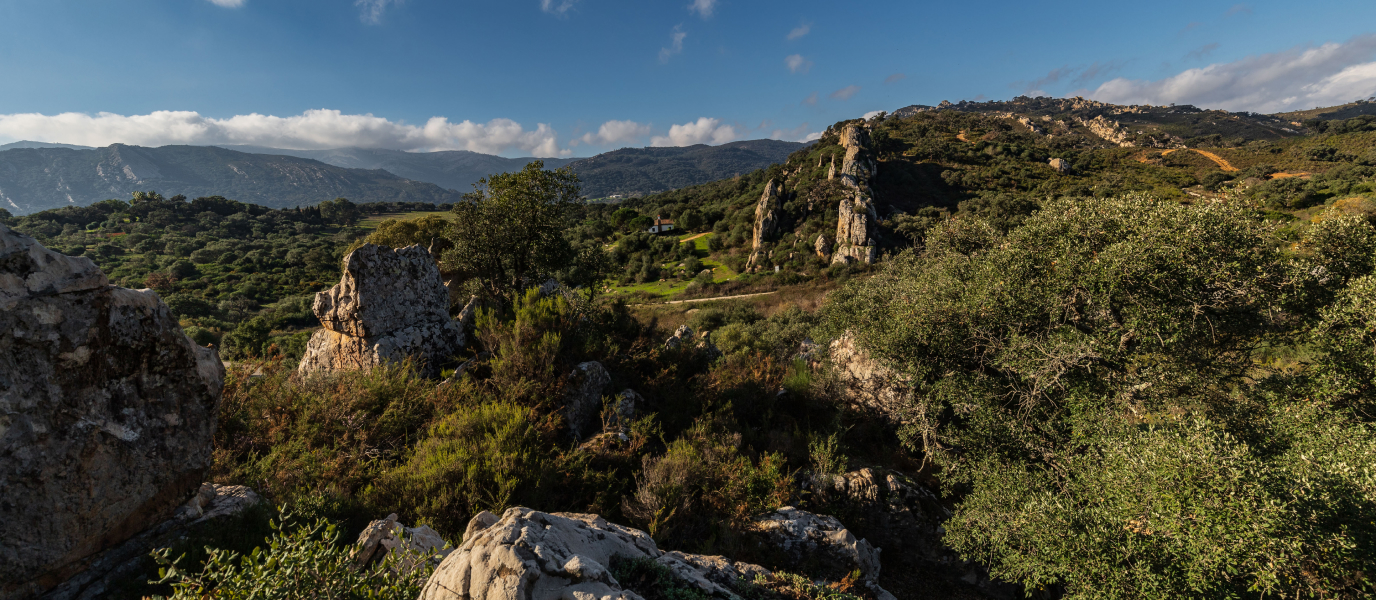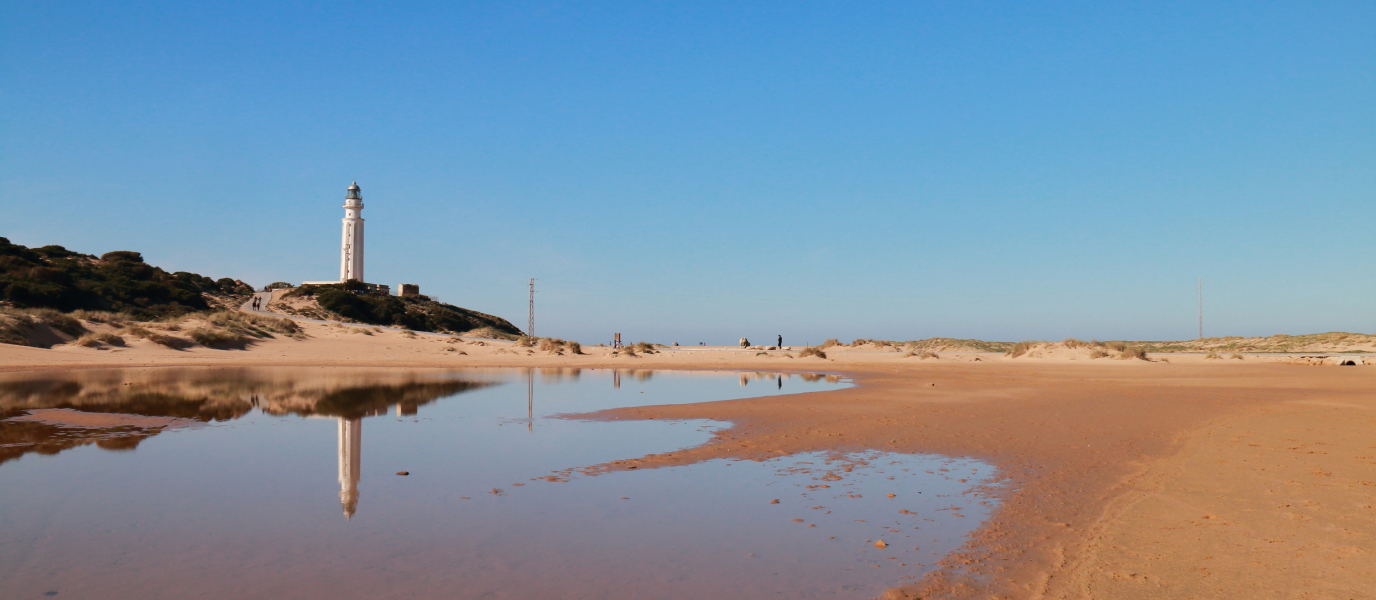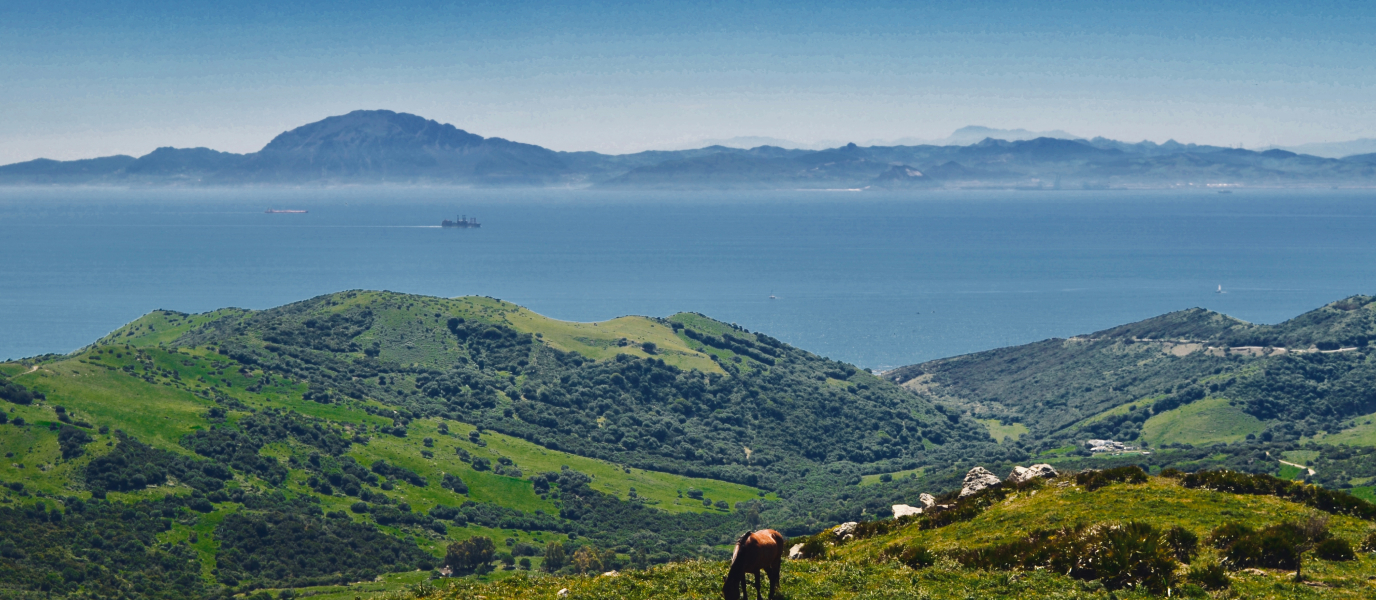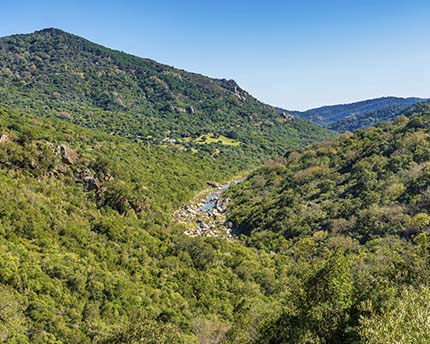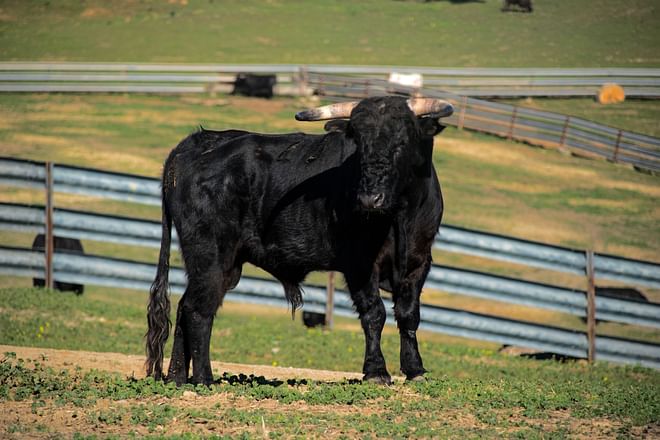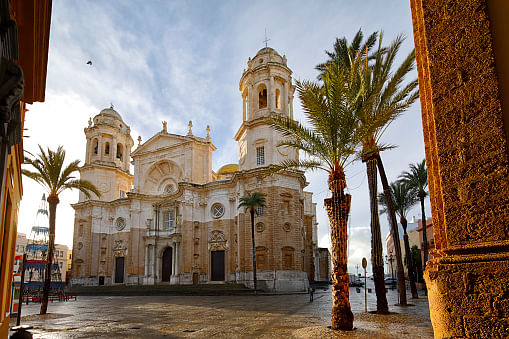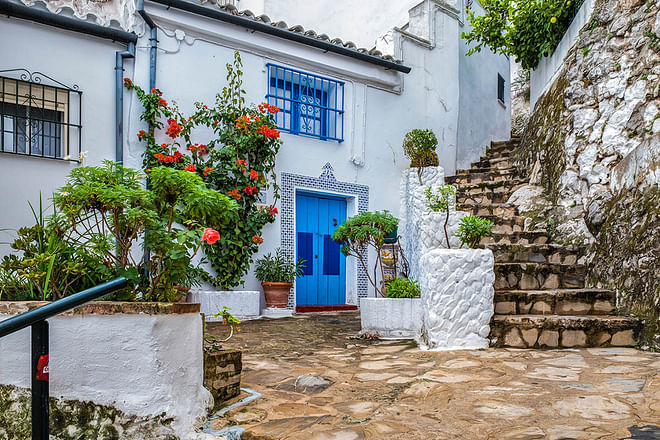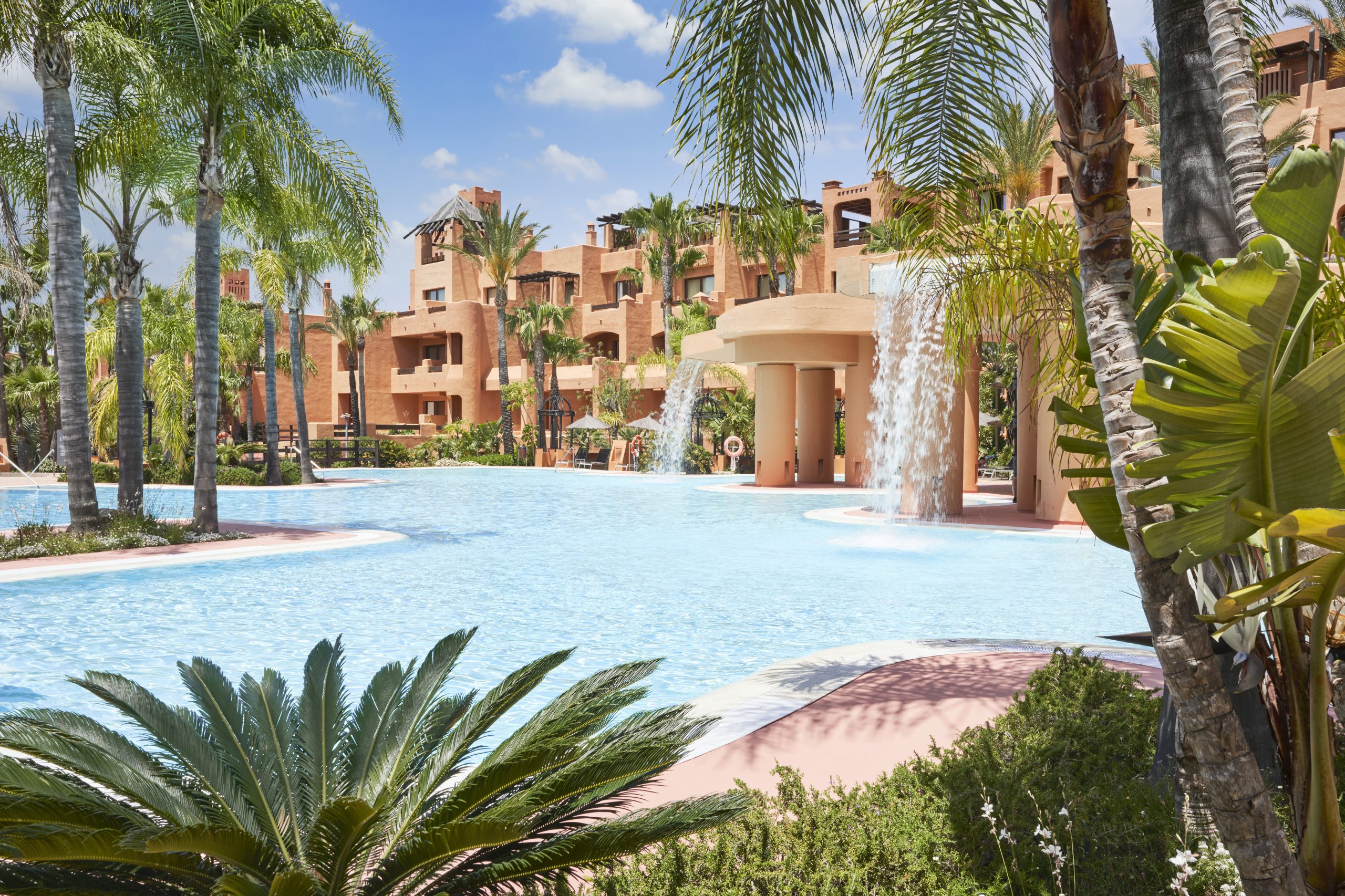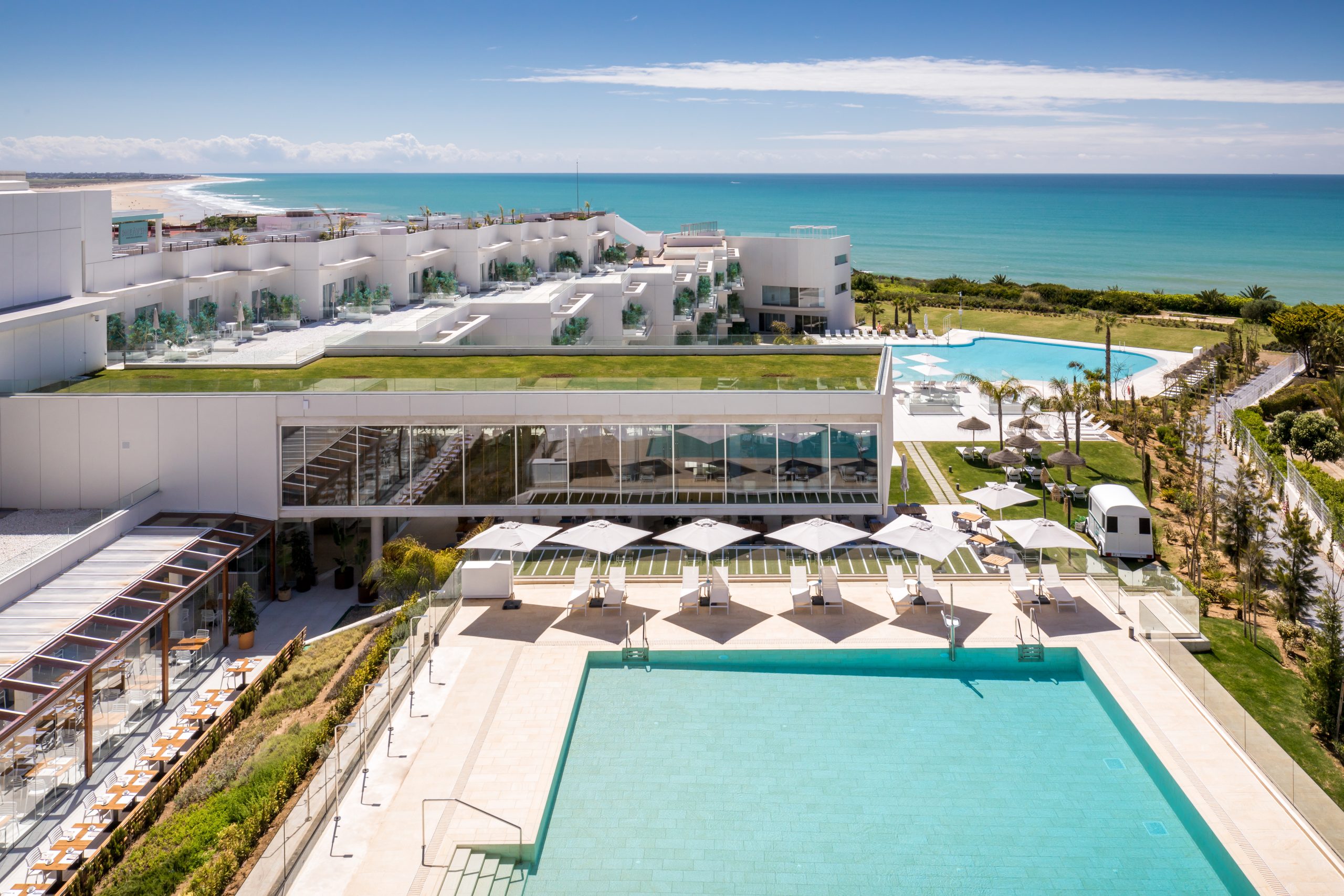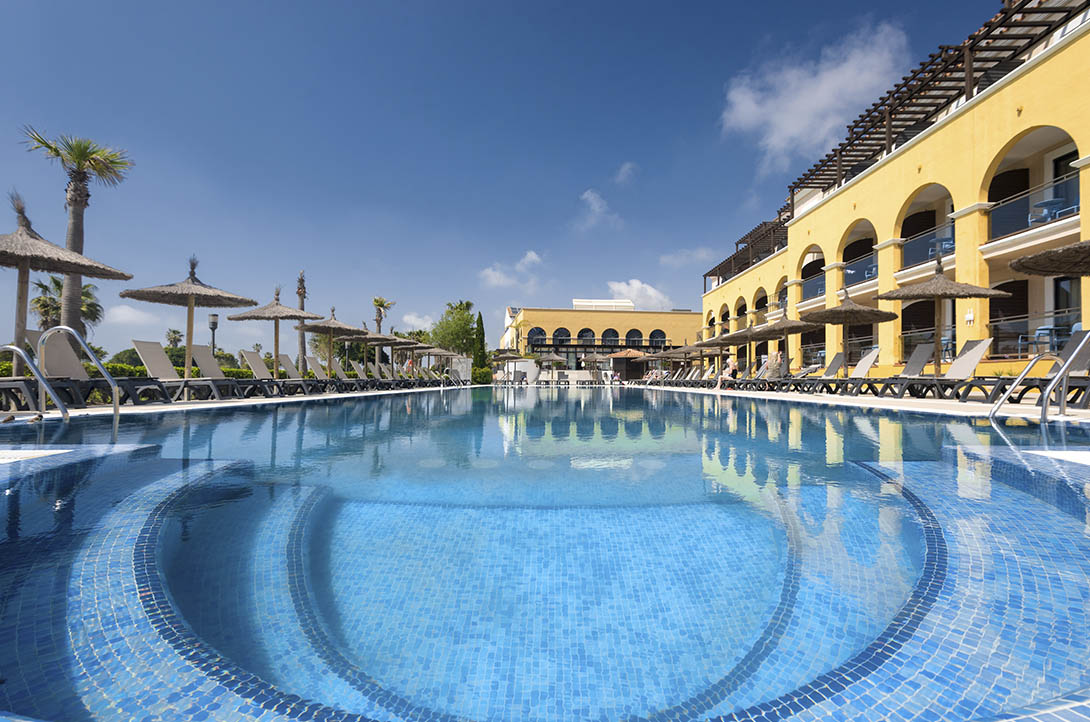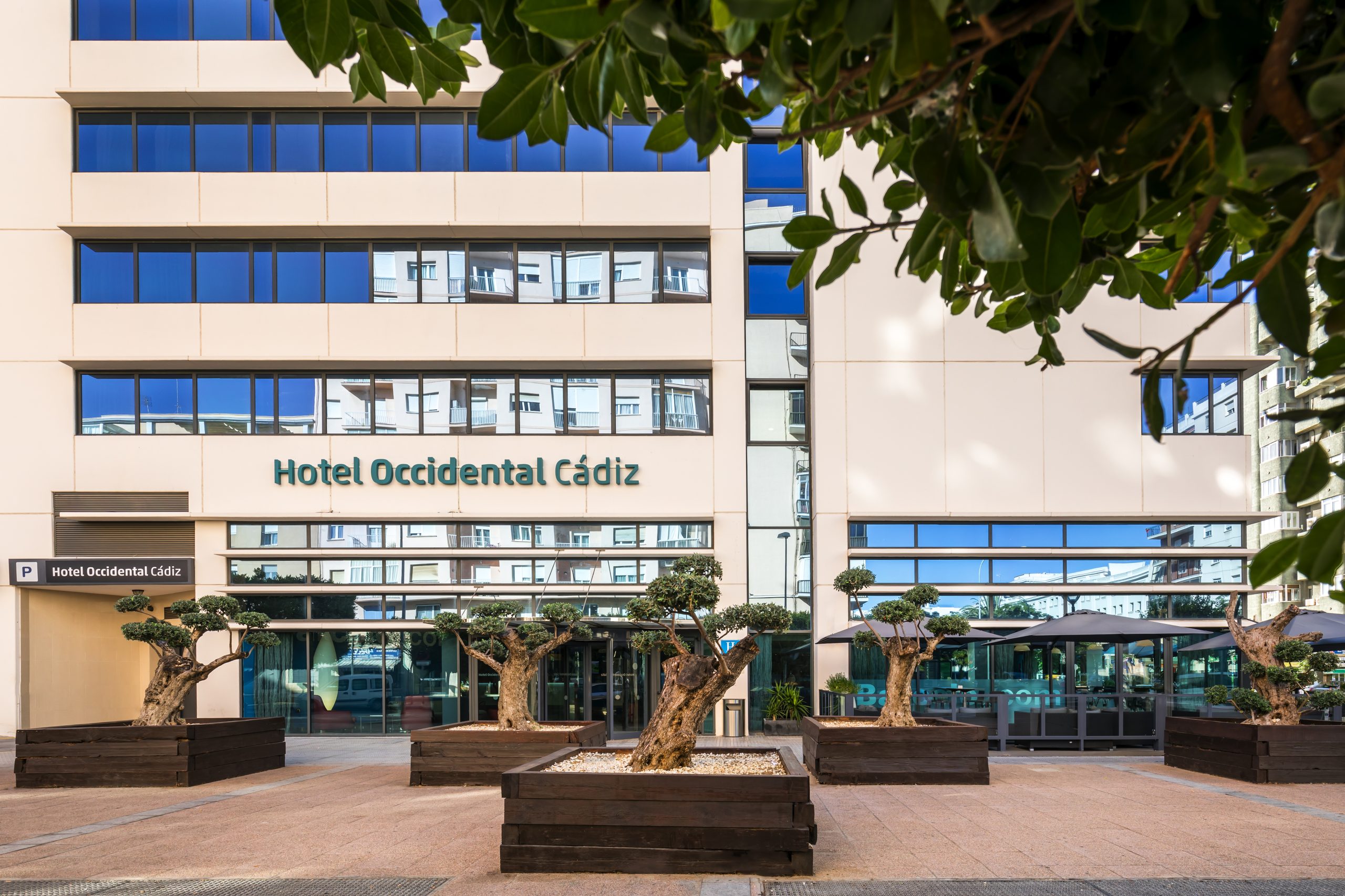Los Alcornocales Natural Park in Cádiz is a unique green space because it has the perfect climatological conditions to support the greatest mass of cork oak trees (for production and conservation) on the Iberian Peninsula. It runs from the mountains to El Estrecho Natural Park and forms part of the provinces of Cádiz and Málaga.
One of its many attractions is the diversity of flora and fauna that lives within the park. Read on to find out how to make the most of your experience as you venture along its trails.
Water: source of life
The reason nature flourishes in the park is due to its extensive water system: rivers, streams and reservoirs spread out across the whole park and are a great resource for fishermen and water sports fans. However, fog has become the classic image of the park; it blows in from the coast to form fog banks in the park’s very narrow valleys (known as canutos). This fog is the reason that a particularly unique type of flora, known as laurisilva or laurel forest, grows in the park.
Every step along your route will be heavy with the scent of plants while its fauna includes blackbirds, warblers and finches who add a touch of music to these Cádiz forests.
Flora and fauna in Los Alcornocales Natural Park
Soil in the park consists of a layer of sandstone that supports the cork oak trees and also the gall-oaks and Andalusian oaks that help to create the landscape. Lower-lying areas in Los Alcornocales have clay soil and are dotted with olive trees that make way for pastures used by grazing animals. Rockroses, heather and brush flourish beside the trails.
The park’s fauna is another clear sign of its abundance of nature; it is home to powerful birds of prey such as eagles, sparrow hawks, griffon vultures and peregrine falcons, as well as roe deer, fallow deer and other deer. Genets, badgers and ichneumons (a type of mongoose) also form part of the incredible fauna you may well spot in the park.
Hiking trails in Los Alcornocales
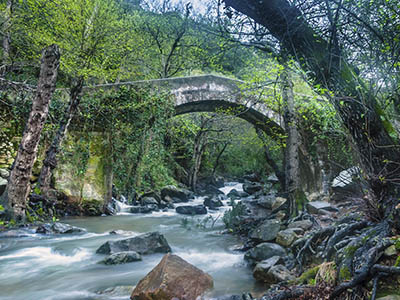
Los Alcornocales Natural Park has countless hiking trails so if you love a good walk, this is the perfect place for you. Get ready to hike through the most unspoilt area in Cádiz province.
The Canuto de Risco Blanco trail
The Canuto de Risco Blanco is a 4.7-km route with restricted access in the Cádiz municipality of Los Barrios. The trail leads through a lush and humid semi-tropical landscape where climbing plants, ferns, lichen and moss create a unique setting that will remind you of a real jungle. Along the way you’re sure to find ancient shelters and even ovens that are still in good condition despite the passage of time.
Cañada Real Los Ratones
This route starts at the El Aljibe visitors’ centre and ends at the Barbate reservoir. The trail starts along a path used by livestock and is populated by mastics, palms and wild olive trees. Eucalyptus and prickly pears make way for the Cañada Real Marchantiega and, if water levels permit, it’s easy to spot different aquatic species that live in the reservoir. As you continue along the route you come to a viewpoint where you can admire magnificent views of Alcalá de los Gazules. And, naturally, you’ll encounter an area filled with cork oak trees that leads to the marshes.
There is even a famous Copper Age necropolis in Monte Bajo but it can only be seen when water levels are low—when the water is too high it remains submerged. As you can see, this route is filled with nature but it also has a fascinating history.
Villages to visit near the park
Exploring the villages that lie around the park puts the finishing touch to a unique experience in nature. Castellar de la Frontera, Jimena de la Frontera and Alcalá de los Gazules are some of the stunning villages with enchanting spots that are well worth discovering. And you won’t just have the chance to admire their important cultural heritage—you can dive into the typical food found in the area too. Read on to find out more!
Alcalá de los Gazules, Jimena de la Frontera and Castellar de la Frontera
Alcalá de los Gazules is one of the most beautiful villages in the Cádiz mountains. Its historic centre has been declared a Historic and Artistic Site and its white houses and cobbled streets add an extra charm to the impressive setting. And let’s not forget the food… Dishes are made using produce from the fields and meat obtained from big and small game hunting. Typical recipes include warm gazpacho (similar to tomato soup), meat stews and collard greens, real local delicacies you’re sure to love.
Jimena de La Frontera is another village that is typical to Cádiz province. This municipality lies in the Campo de Gibraltar region between the Ronda mountains and the Bay of Algeciras and it includes part of Los Alcornocales Natural Park. The location alone makes it worth stopping here to enjoy the views.
Castellar de la Frontera is to the south-east of Cádiz and is also in the Campo de Gibraltar region. Its main claim to fame is its fourteenth-century medieval fortress that surrounds the old part of the village. Castellar de la Frontera is perched atop a mountain and from here you can enjoy views of Algeciras, the Rock of Gibraltar and, on a clear day, you can even glimpse the coast of Africa. Narrow streets protect the typical white Andalusian houses and delight anyone who decides to venture inside this unique paradise.
Now you know how to get close to nature without leaving Cádiz province; corners steeped in history that will transport you back to times long-ago and villages buzzing with life, charm and light that will welcome you with open arms. Cádiz never fails to surprise and its highland areas are the perfect place to enjoy southern Spain and its mountains.



























































